All products featured are independently chosen by us. However, SoundGuys may receive a commission on orders placed through its retail links. See our ethics statement.
AirPods Pro 2 owners get much more than they paid for with iOS 26
October 20, 2025
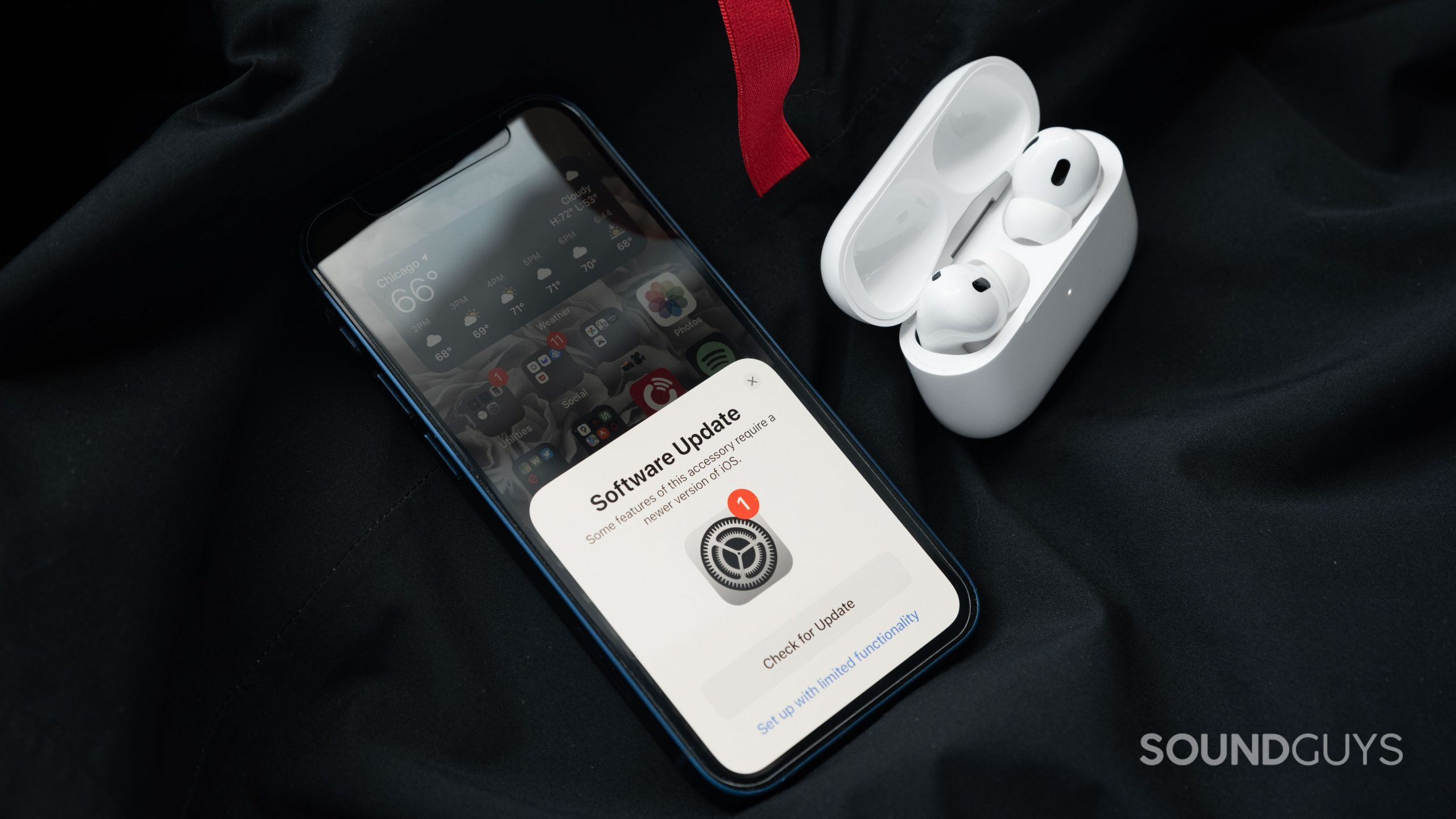
Consumers love Apple as much as they hate it, and for good reason. Apple relentlessly pursues hardware sales and has been embroiled in many a controversy. Yet over the past year, the company has pulled not one but two very un-Apple-like moves with its three-year-old AirPods Pro 2.
First, in fall 2024 with iOS 18, Apple made the AirPods Pro 2 the first FDA-approved, over-the-counter (OTC) hearing aid earbuds. Now, with iOS 26 in October 2025, Apple has added Live Translation—a feature that turns your AirPods into real-time interpreters for conversations in multiple languages.
I would have expected Apple to reserve these features for the AirPods Pro 3. Instead, Apple has released both for free to owners of 2022’s AirPods Pro 2. Within the Apple ecosystem, this represents exceptional value for users. And if you walk freely beyond Apple’s gates, it signals a shift in the industry’s approach to consumers—one that prioritizes long-term product value over forced upgrades.
- This article was updated on October 20, 2025, to add a Live Translation section (iOS 26 feature) and updated intro to reflect Apple’s pattern of adding major features to 3-year-old AirPods Pro 2; made minor edits to Industry Shifts section to acknowledge both hearing aids and translation features.
The AirPods Pro 2 function as clinical-grade hearing aids
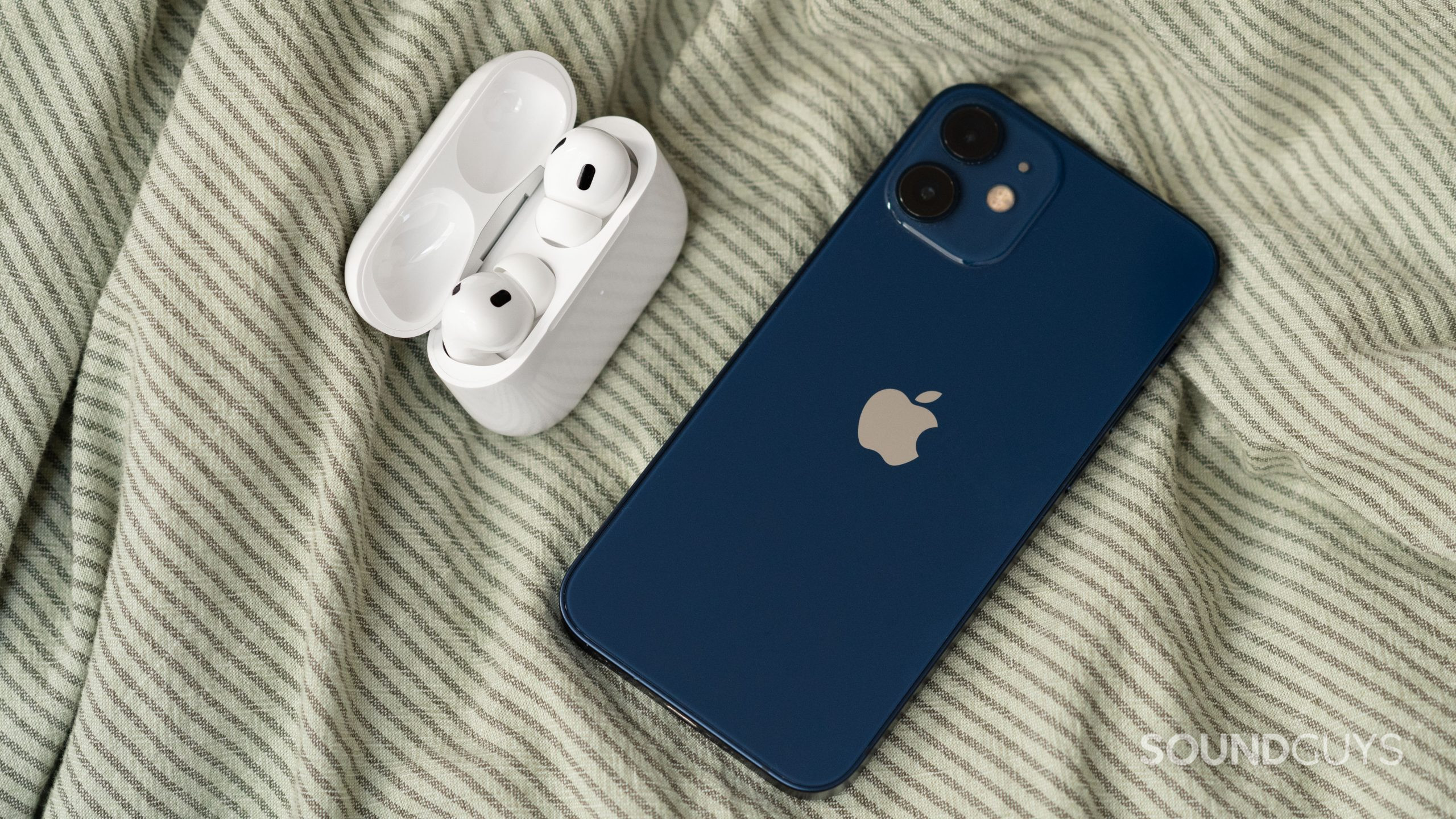
Each iOS 18 upgrade has added impactful features to the AirPods Pro 2 repertoire. Apple’s hearing health options are among the most impactful. As approved by the FDA, the AirPods Pro 2 meet the criteria as proper OTC hearing aids. Full disclosure, this is specifically for people with mild-to-moderate hearing loss. If you have severe hearing loss, the hearing aid feature won’t be of much help and you’ll need to consult a professional. For the rest of us, though, this is a big value add.
According to the American Speech-Language-Hearing Association’s (ASHA) 2023 OTC Hearing Aid Survey, the average cost of OTC hearing aids was $233. The AirPods Pro 2 retail for $249. This feature nearly doubles the value of the AirPods Pro 2. I’ve yet to find data indicating where the AirPods Pro 2 hearing aid performance falls relative to the bulk of OTC offerings. However, some OTC products cost thousands of dollars, which would only add to the AirPods Pro 2 value.
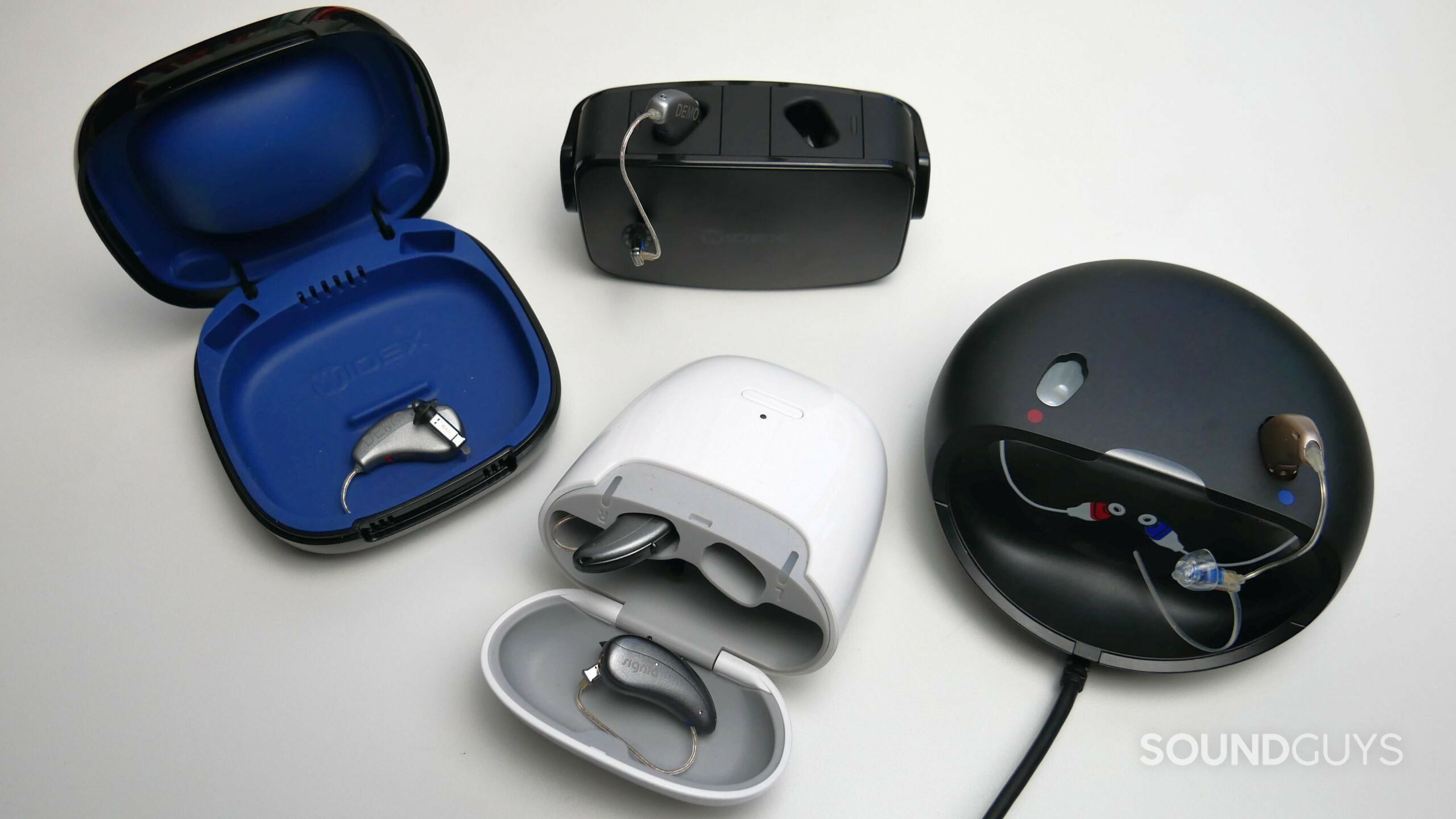
Make no mistake, you still need a modern iPhone or iPad to use this feature. In typical Apple fashion, the setup process is a breeze. The hearing test emits a series of test tones. When you hear a tone, tap the screen. If a tone plays and you don’t tap the screen, this indicates that you cannot perceive that specific frequency. The test takes about five minutes and is informed by over 150,000 real audiograms and millions of simulations.
Immediately after taking the test, the results populate on screen informing you of your left and right ear’s performance. You can then choose to read up more on hearing loss and how a hearing aid can help. You may also enable the hearing aid abilities of the AirPods Pro 2 right from your phone. If you want to tweak the programmed settings even further, go right ahead.
From Apple’s Health app, you can view your audiogram. This is a particularly cool feature for those who want to perform a casual longitudinal study on themselves. Over time, the audiograms can reveal how your hearing abilities change.
Whether or not your hearing test results indicate hearing loss, you’ll want to preserve your hearing abilities. Apple’s third high-value iOS 18 feature is Hearing Protection. This feature works across all listening modes and protects your ears from loud environmental noises. All this to say, not only are Apple’s Hearing Health features helping you today, but they’re protecting you for years to come.
Live Translation turns your AirPods Pro 2 into real-time interpreters

Apple’s October 2025 update brings Live Translation to the AirPods Pro 2, turning them into real-time interpreters.
Live Translation enables hands-free communication across language barriers by translating conversations in real-time directly through your AirPods Apple Support. When someone speaks to you in a foreign language, the AirPods microphones listen for the speech, your iPhone processes the translation, and it plays back in your language through your headphones.
The feature launched with support for five languages: English (UK and US), French, German, Portuguese (Brazil), and Spanish Apple Support. With iOS 26.1, which rolled out shortly after, Apple expanded support to include Chinese (Mandarin in both simplified and traditional forms), Italian, Japanese, and Korean Apple Support—nearly doubling the available languages to 11 total.
What makes this valuable:
Unlike the hearing aid feature, Live Translation isn’t solving a health problem—it’s removing friction from everyday life. Travel, business meetings, and casual conversations with people who speak different languages become dramatically easier. The translation models download to your iPhone’s local storage, meaning the feature works entirely offline without requiring an active network connection.
The setup process mirrors Apple’s typical user-friendly approach. After downloading your desired language pairs in Settings, you can activate Live Translation by pressing and holding both AirPod stems simultaneously, asking Siri, or using your iPhone’s Action button. Active Noise Cancellation automatically adjusts to lower the speaker’s voice and environmental noise so you can focus on the translated audio.
For one-sided conversations where only you have AirPods, you can use your iPhone display to show a transcript of your translated speech to the other person. When both participants wear compatible AirPods with Live Translation enabled, the experience becomes truly seamless—each person hears translations in their preferred language while speaking naturally in their own.
Requirements for Live Translation:
- AirPods Pro 2, AirPods Pro 3, or AirPods 4 with Active Noise Cancellation
- iPhone 15 Pro or later (iPhone 16 series, iPhone 17 series, or iPhone Air)
- iOS 26 or later with Apple Intelligence enabled
- Latest AirPods firmware (updates automatically when charging)
It’s worth noting that Live Translation with AirPods is not available for EU residents whose device and Apple Account are both in the EU, likely due to regional AI regulations.
Apple isn’t alone, others add value to their buds over time
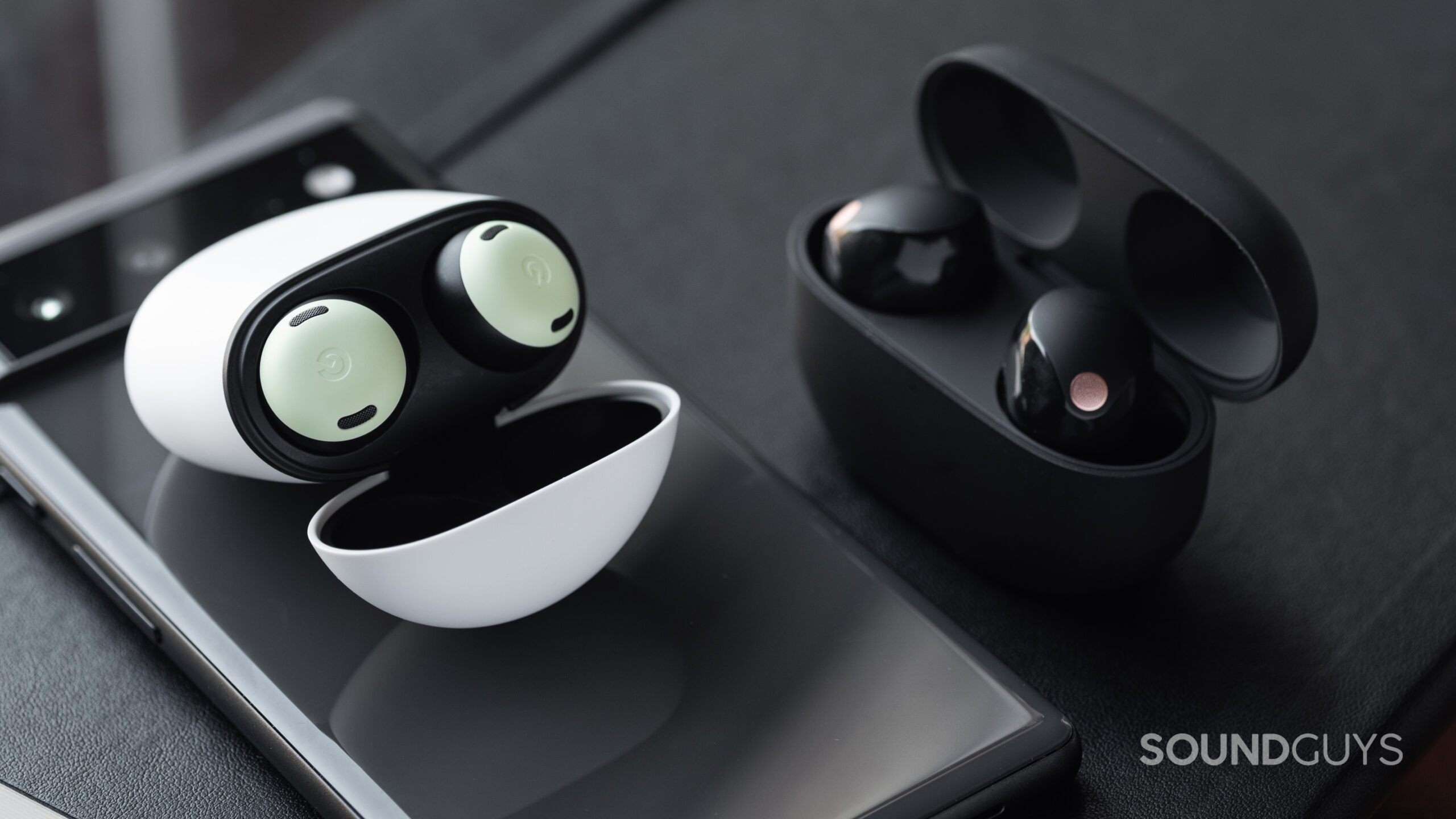
Apple is the first big earbud manufacturer to make its earbuds clinical-grade hearing aids, but it’s not the only company going the extra mile. The original Pixel Buds Pro lacked a custom EQ upon release. Well, within a few months, Google addressed this and more. The company gave Pixel Buds Pro owners a multi-band custom EQ option. Listeners also received spatial audio support and conversation detection. Similar to Apple’s addition of hearing aid functionality on the AirPods Pro 2, these are features I expected Google to save for the Pixel Buds Pro 2.
Samsung has also rolled out high-profile updates for its earbuds that buyers didn’t expect upon purchase. Take the Galaxy Buds2 Pro. These buds received 360 Audio Recording with compatible Samsung devices. This unique feature is great for creators who want to record immersive audio for their content. Samsung also treated its older Galaxy Buds Live earbuds to a significant firmware update. Two years after their debut, Samsung added 360 Audio support.
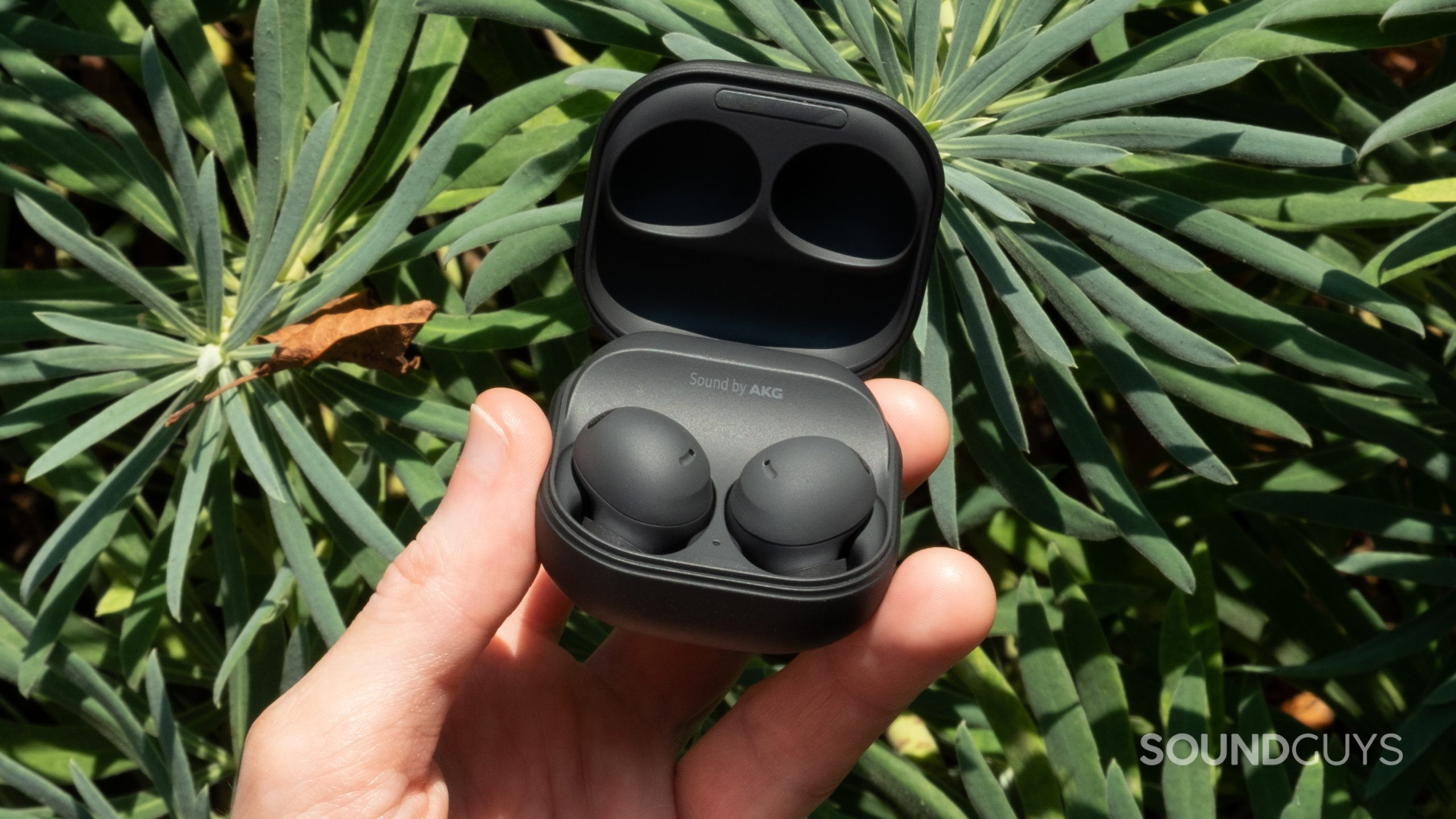
Now, most earbud manufacturers with companion apps release firmware updates to their devices. Oftentimes, these updates are fairly basic. They address connection stability and improve the mic and sound quality. This is why it’s commendable when companies release significant updates to their buds. Again, it’s especially notable because they could have just as easily said, “No, you have to buy the next-gen product to access X feature.”
Will we see an industry shift away from planned obsolescence?
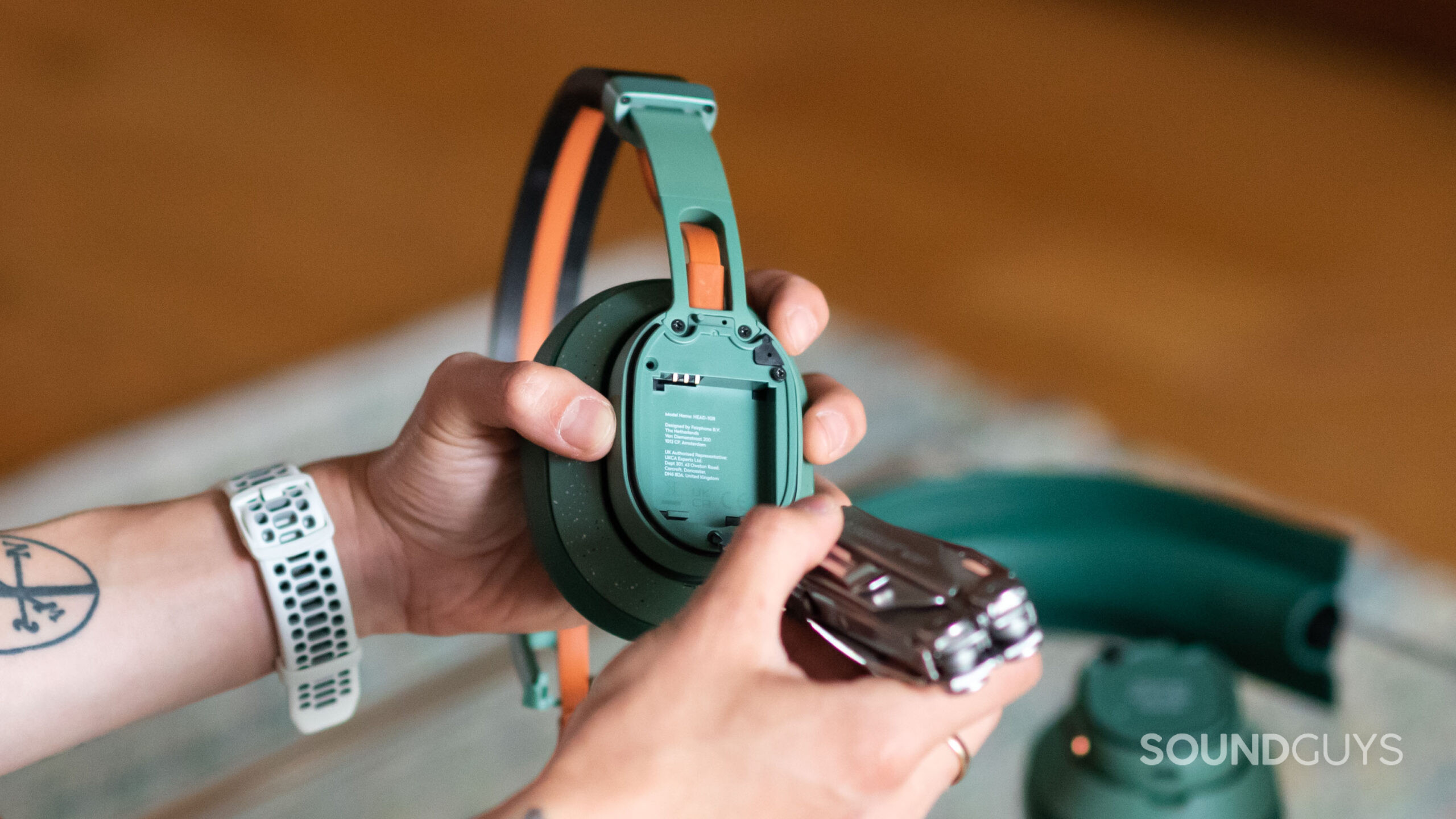
Should this trend continue, which I hope it does, we consumers may start feeling more valued by big-name brands. No company is perfect, but no matter how you slice it, Apple has received near-universal commendation for its hearing aid certification on the AirPods Pro 2—and now it’s doubled down by adding Live Translation a year later.
I’m not saying every company can or should make their earbuds hearing aids. I simply hope this serves as a sign to the competition: to retain customers in this highly competitive market, you must offer value throughout a product’s life cycle. Perhaps this will spark real pushback against the trend of planned obsolesce. (Ironic that Apple is an example of a force pushing against this given its history.)
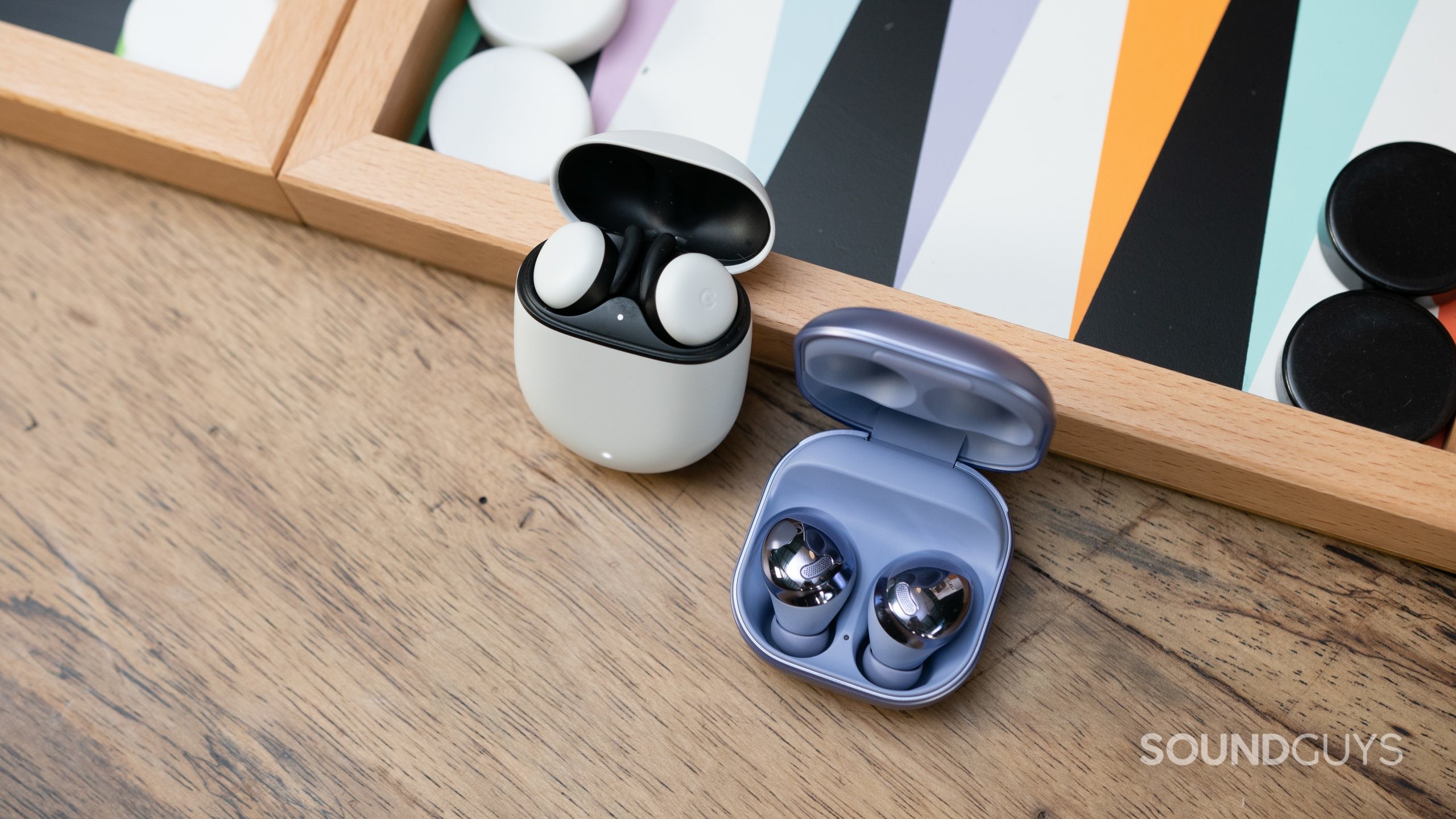
Of course, it would be silly to think Apple is adding such big features to its years-old earbuds solely because it loves its customers. Intentions aside, the fact is that Apple has now released two major updates to years-old earbuds. Between hearing aids and translation, these updates more than double the original value of the earbuds.
Not all is just, well, and good though. There are potential downsides to this as well. As mentioned, the companies that can perform such updates to their earbuds also manufacture matching smartphones. Having control over every aspect of production is a huge boon to companies that want to pull off update feats. This gives big-name brands yet another edge over less-resourced competition.
To retain customers in this highly competitive market, you must offer value throughout a product's life cycle.
With the future being unknown, I only hope that Apple’s repeated moves motivate others to consider more consumer-friendly ways.

Do you value the AirPods Pro 2's hearing health features?
Frequently asked questions about the AirPods Pro 2
Apple added hands-free Siri interactions that allowed you to shake or nod your head in response to Siri’s real-time announcements. Apple also added Spatial Audio to gaming, which will be a huge win for those who play FPS-style games, making it even clearer where an enemy’s footsteps originate from. Going hand-in-hand with Spatial Audio for gaming, Apple reduced the latency of its AirPods Pro 2 when connected to an iOS 18 device.
The AirPods Pro 2 are a great option for listeners who don’t have hearing aids but do own a pair of AirPods Pro 2. This is an accessible way to dip your toe into the world of hearing aids and experience what remediation and treatment can feel like. It’s still important to see an audiologist if you have the means, but this is a good stop-gap.
According to the CDC, if you have trouble registering speech or high-frequency sounds (e.g., doorbells) you might have hearing loss.
No. Once you download the language packs you need in Settings, Live Translation works entirely offline. The translation processing happens on your iPhone using downloaded models, so you can use it anywhere without Wi-Fi or cellular data.
Yes. If only you have AirPods, you’ll hear their translated speech in your ears. You can then use your iPhone’s Translate app to show them a text transcript of your response, or tap the Play button to have your iPhone speaker play back your translated words in their language.
Thank you for being part of our community. Read our Comment Policy before posting.